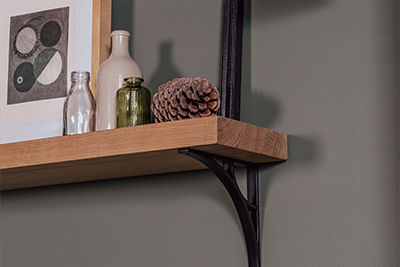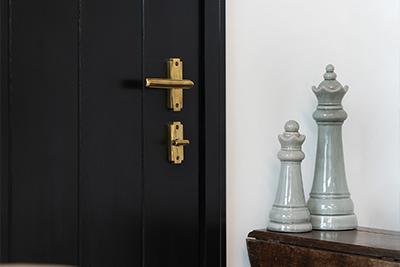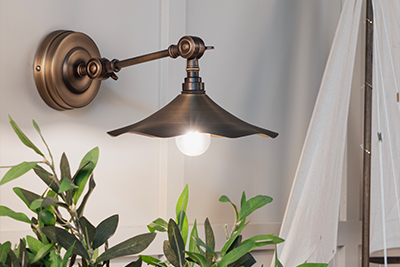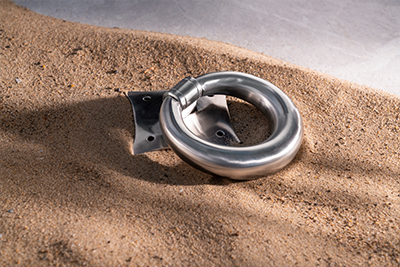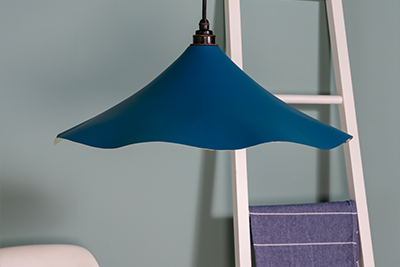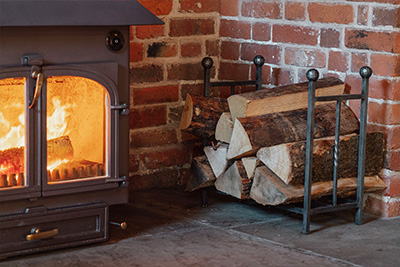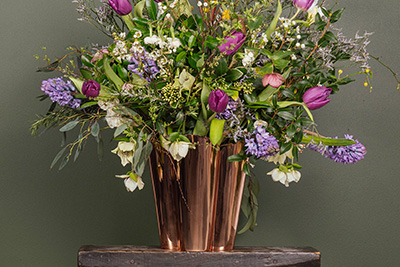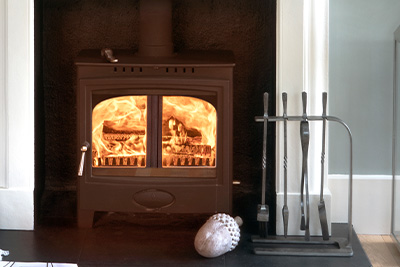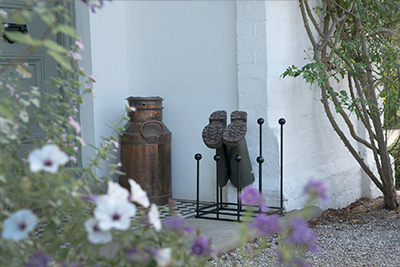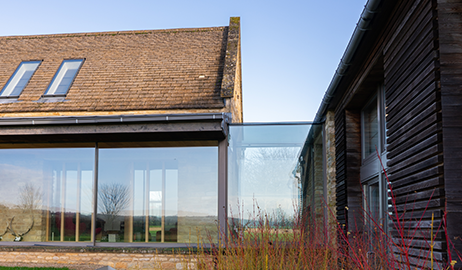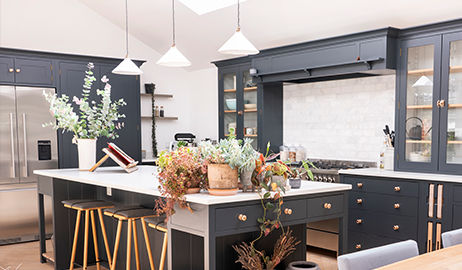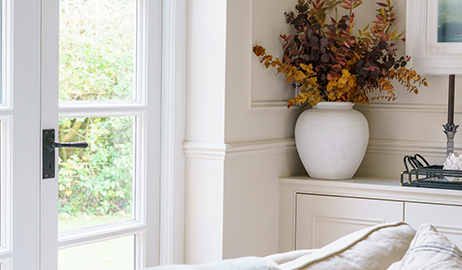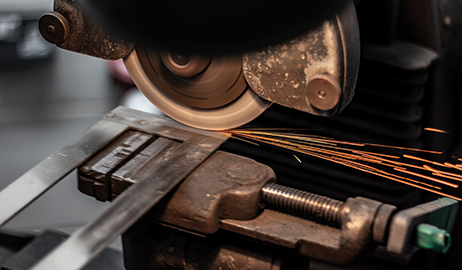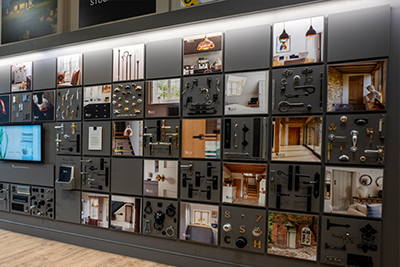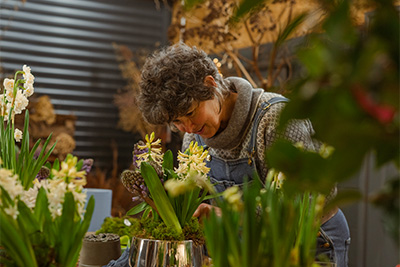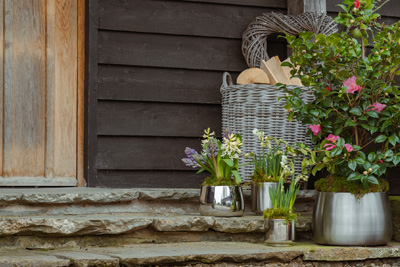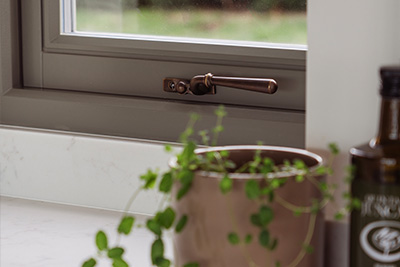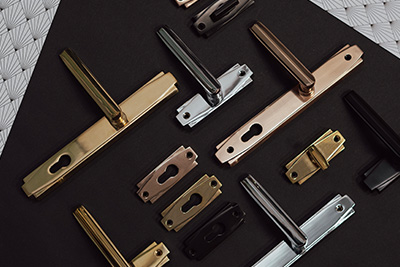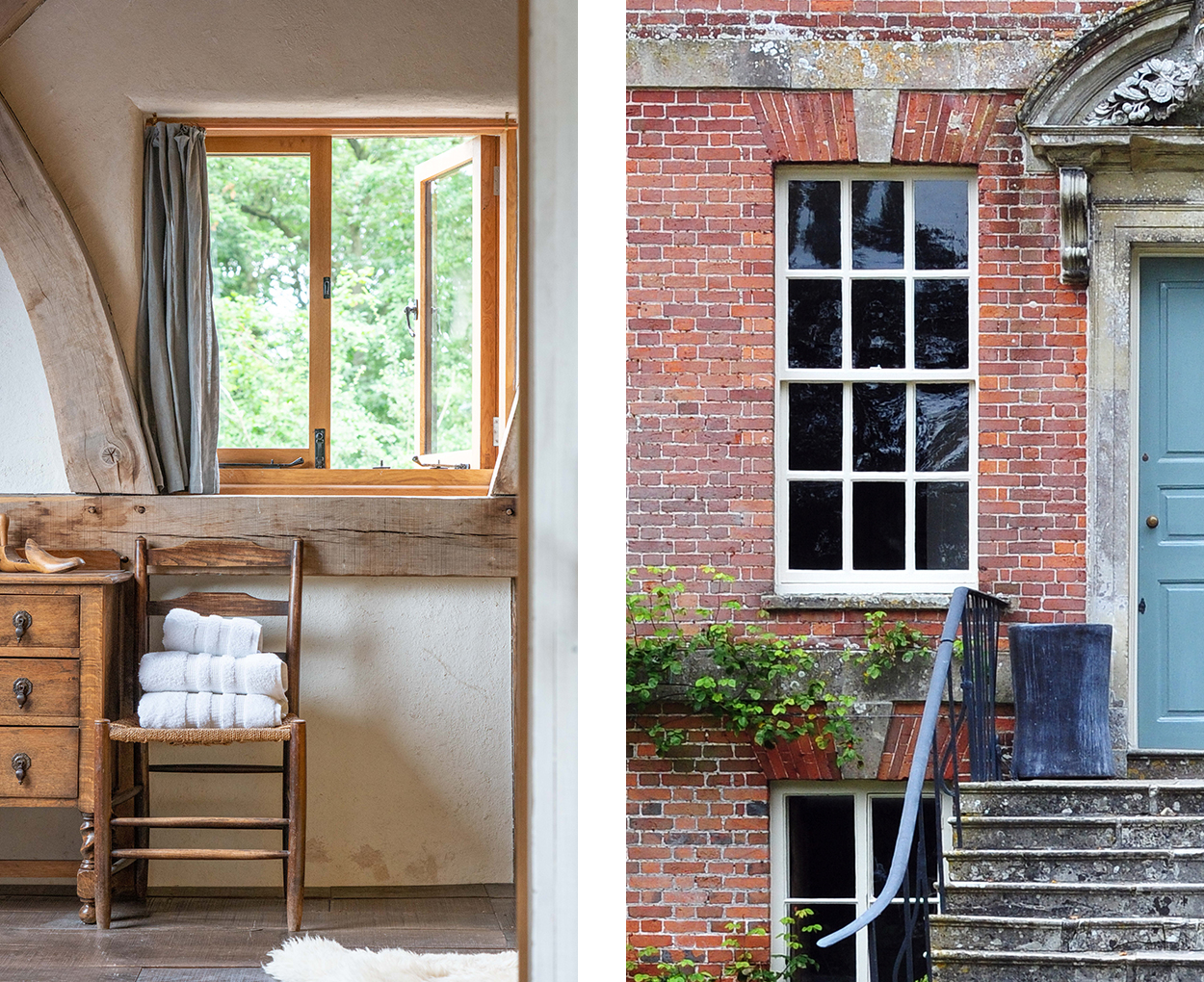Choosing the right size and style of windows is imperative to any house build or renovation project. The correct choice can transform a building with outstanding results and the wrong decision can instantly ruin the appearance of any property.
There are two main types of window: Casement and Sash
Above left: a casement window with Pewter Peardrop stays, fasteners, & Pewter Straight Knob bolt, Above right: a sash window.
Casement Windows
A casement window is attached to its frame by one or more hinges at the side. Casement windows were common in Britain before sash windows were introduced and were usually made from metal with leaded glass. By the start of the Victorian era, casement windows were constructed from timber and were covered by practical exterior shutters.
Above: original metal casement windows, Shropshire.
Sash Windows
Recognised for their decorative quality, sash windows originate from the Georgian and Edwardian periods and slide up and down allowing the window to open and close from both the top and bottom.
Above: sash windows of the Milbank Arms (see the case study here). Features our External Beeswax Large Octagonal mortice/rim knob set and Large Letter Plate.
Nowadays both sash and casement windows are available in a wide choice of materials, colours and designs. The choice of materials and colours has vastly increased over the past ten years with engineered timber, GRP composite, uPVC flush fitting and aluminium clad timber being the latest window innovations.
Such a large variety makes choosing the correct style of window an exciting phase of any building schedule. Although the material and colour choice is very important, people often overlook the proportions, style and glazing options. Here are a few helpful tips to consider when choosing or designing your windows.
Choosing a Window Style
1). Keep styles symmetrical wherever possible.
2). Fit dummy sashes on storm-proof windows.
This helps achieve a symmetrical look.
Above: Antique Pewter 12" Peardrop stay and Fasteners.
3). Consider using glazing bars.
The right balance of bars to glass is important, and sometimes less is more.
Above Left: Regency Espag., Above Right: Beeswax Monkeytail Espag. and Beeswax Peardrop stay.
Choosing Window Furniture
When choosing furniture for casement windows, you must first establish whether your window is fitted with a multipoint locking system or requires a more traditional fastener.
Multipoint Lock - Espagnolette Handles
Multipoint locking systems are usually fitted in uPVC or modern timber and aluminium windows for added security. This locking system requires an espagnolette handle as the spindle drives the multipoint lock which usually secures at three points within the frame. The window can then be locked by turning the handle’s grub screw. Window stays are an added option when using espagnolette handles as they are not required to secure the window when closed.
Above Left: Black Monkeytail Espag. Fasteners, Above Right: Pewter Peardrop Espag. Fasteners.
Window Fasteners
Window fasteners are suitable for use on more traditional timber windows that don’t have an internal locking mechanism. Most fasteners are kept in place with a mortice plate that is recessed into the window frame and are partnered with matching window stays. Windows with a central mullion use a fastener and hook plate and fasteners that have a night venting facility use a wedge plate to allow the window to be held open. Some window fasteners are lockable by tightening the grub screw which holds the fastener in a closed position. Security can be added to windows without a locking fastener by using window bolts or locking stay pins.
We have a large collection of quality fasteners, espagnolette handles and stays in a variety of different styles and finishes.
Above: Pewter Monkeytail Night-Vent Window Fastener & Pewter Monkeytail Stay.
Sash Furniture
We also have a dedicated range of Sash Furniture. A Sash hook fastener is required to secure the top and bottom sashes or panels together on what is called the mid-rail. A sash lift is fitted to the bottom of a sash window, usually in pairs and is used to assist in the lifting and closing of the bottom sash. A sash eye can be used to pull down the top sash.
Above: Aged Bronze Sash Lifts.
See our full range of window furniture here!
Learn more about window furniture in our poplar blogs Handed Window Handles Explained and Replacing a uPVC Window Handle.
Email: info@fromtheanvil.co.uk
Instagram: @fromtheanvil



